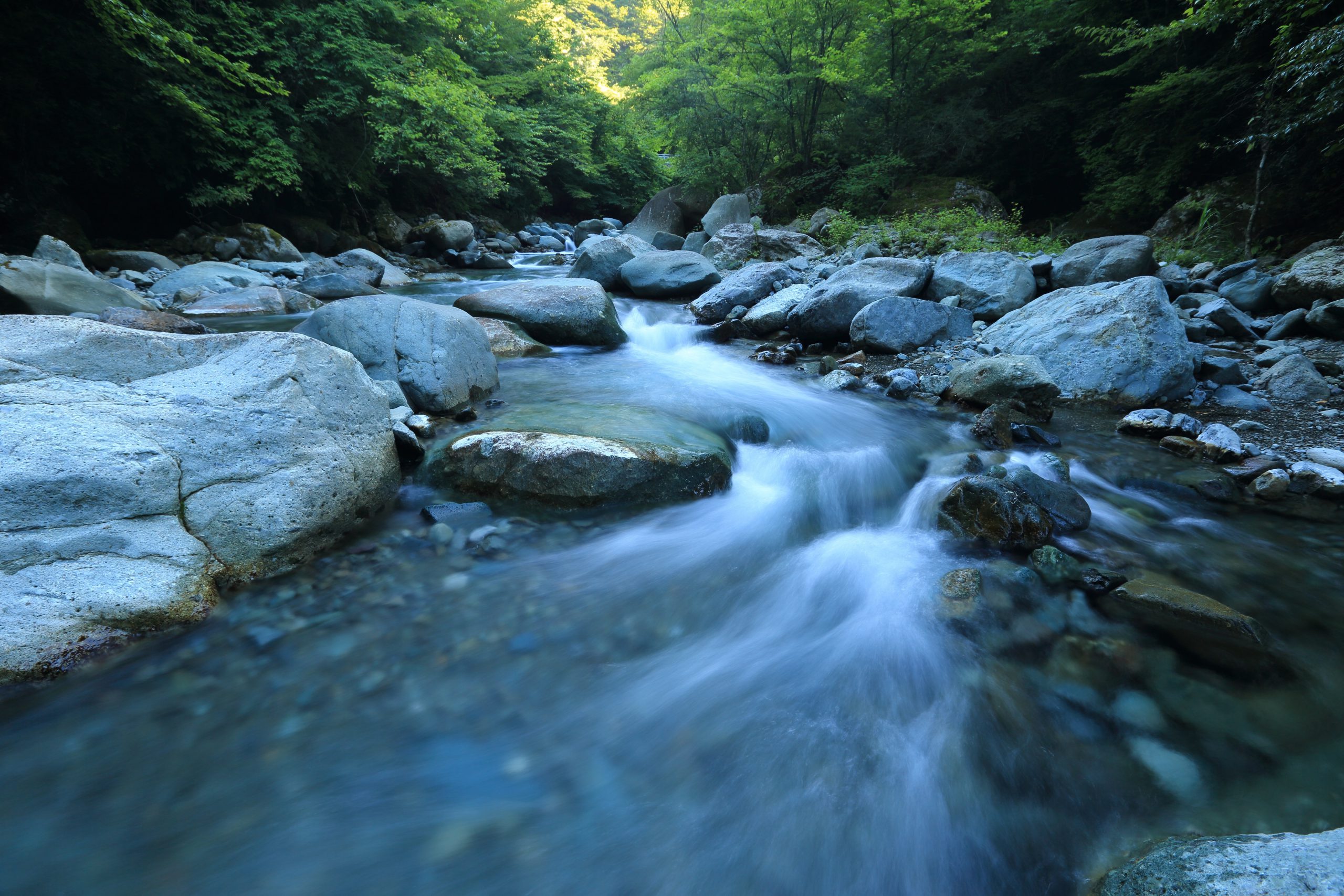The Source Water Protection Toolkit was crafted to simplify the source protection planning process, and to inspire a more holistic approach to drinking water management – one where we work together to take care of the land so that it can take care of the water.
Download the Toolkit PDF, or follow the links to explore the Toolkit.
Explore the Toolkit:
Webinars
Intro to Source Water Protection – Steps and Tools
Transcending jurisdiction through partnerships
Learning from indigenous-led partnerships and projects
Increasing awareness and stewardship of watersheds and drinking water resources
Advancing local government policies, plans and regulations to protect water sources
Securing long-term funding for source water protection
Protecting ecosystems to improve the health of watersheds and aquifers
Table of Contents
List of Figures
- Steps to completing a source protection plan and tools to consider for the plan
- Benefits from collaboration
- Who to consider for your TAC (entities involved in regulating source water concerns)
- Benefits of green infrastructure and natural assets
- Legislation relevant to water in B.C. by level of government – 2021
- Comparison of filtration capacity of natural and disturbed shoreline
- Services provided by varying widths of riparian buffer zones – Image 1 / Image 2
- Riparian buffer benefits by width
- Okanagan Valley showing watershed disturbance
- Comparison of hydrographs in forested (upland watershed), forest harvested and urban watersheds
List of Tables
- Table 1: Guide for using the Source Water Protection Toolkit
- Table 2: Roadmap to effective source water protection in five steps
- Table 3: Steps to prepare a source water protection response plan
- Table 4: How to turn common planning challenges into successes
- Table 5: Guide for S.M.A.R.T source water protection processes
- Table 6: How to turn common source water protection action plan challenges into successes
- Table 7: Steps to evaluate your source protection plan
- Table 8: Collaboration guide for source water protection
- Table 9: Comparison of characteristics for local roles and responsibilities
- Table 10: Local government plans, policies, and bylaws to support source water protection
- Table 11: Levels of community engagement
- Table 12: How to build and deliver a business case for source water protection
- Table 13: Education and engagement tools and how to use them
- Table 14: Quick guide to emergency response and contingency plans
- Table 15: Quick response sheet for emergencies
- Table 16: Mapping tools applicable to B.C.
- Table 17: Mapping tools specific to the Okanagan
- Table 18: A guide to designing and carrying out a monitoring plan
- Table 19: Legislative obstacles and innovations to help overcome them
- Table 20: Land cover areas in the Okanagan and values of ecosystem service flows
- Table 21: Aquatic ecosystem valuation approaches and methods – B.C. examples
- Table 22: Cumulative effects of watershed stressors on surface water
- Table 23: Surface water – solutions to overcome watershed condition obstacles
- Table 24: Cumulative effects of watershed stressors on groundwater
- Table 25: Groundwater – solutions to overcome watershed condition obstacles
- Table 26: Elements to look for in a hydrological assessment
Acknowledgements:
This toolkit is intended to save time and money, and spare you frustration. We have done the research (and frustration!) for you and hope you find this toolkit useful, or at least a relief. We did not write this alone. We had the very capable help of a whole team of advisors and water champions from around the province. Thank you all. – the Authors.
Toolkit Authors
- Heather Larratt, H BSc, RP Bio.
- Jamie Self, H BSc, RP Bio.
- Kellie Garcia, BSc, PAg
- Nicole Louiseize, MSc
Graphic Design
- Rebecca Massey
- Karen Christensen
Technical Advisory Committee Members
- Andrew Reeder Regional District of Okanagan-Similkameen
- Andrew Petersen B.C. Ministry of Agriculture
- Angela Lambrecht Regional District of Central Okanagan
- Anna Warwick Sears Okanagan Basin Water Board
- Bob Hrasko Black Mountain Irrigation District
- Brent Magnan City of West Kelowna
- Brittany Lange Regional District of Central Okanagan
- Cory Labrecque Regional District of Okanagan-Similkameen
- Dan Ricciuti City of West Kelowna
- Danielle Noble-Brandt City of Kelowna
- Dave Tamblyn First Nation Health Authority
- Dennis Einarson B.C. Ministry of Environment and Climate Change Strategy
- Rob Fleming First Nations Health Authority
- Desni Bachmann City of Kelowna
- Devon van der Meulen District of Summerland
- Don Dobson Dobson Engineering
- Ian McLellan B.C. Ministry of Forests, Lands, Natural Resource Operations and Rural Development
- Jing Niu City of Vernon
- Kat Zimmer B.C. Ministry of Health
- Krista Derrickson Westbank First Nation
- Laura Frank Regional District of North Okanagan
- Lorne Davies B.C. Wildlife Federation
- Laura Code B.C. Ministry of Agriculture
- Marni Turek University of British Columbia Okanagan
- Michael Firlotte City of Penticton
- Nelson Jatel Okanagan Basin Water Board
- Nicole Penner Associated Environmental Consultants Inc.
- Patti Meger District of Lake Country
- Ray Crampton B.C. Ministry of Forests, Lands, Natural Resource Operations and Rural Development
- Renee Clark Independent
- Rob Hillis City of West Kelowna
- Rob Dinwoodie B.C. Ministry of Forests, Lands and Natural Resource Operations and Rural Development
- Rob Birtles Interior Health Authority
- Robyn Laubman Splatsin First Nation
- Scott Boswell Okanagan Collaborative Conservation Program
- Scott Smith Eternna Consulting
- Shawn Grundy District of Peachland
- Tessa Terbasket Okanagan Nation Alliance
- Tracy Guidi City of Kelowna
- Tricia Brett Regional District of North Okanagan
- Tyler McNeill Township of Spallumcheen
Funding
Funding for this project was provided by the Ministry of Municipal Affairs, Interior Health Authority, City of Kelowna, City of West Kelowna and the Okanagan Basin Water Board. This project was also supported through the Healthy Watersheds Initiative, which is delivered by the Real Estate Foundation of BC and Watersheds BC, with financial support from the Province of British Columbia as part of its $10-billion COVID-19 response.




